Contents
History of Tack welding
Tack welding has become critical in many fabrication projects, from intricate jewellery to massive steel sculptures.
Like any technique, tack welding has evolved to keep current with the changing needs of both professional and hobbyist welders. To understand where tack welding is today, let’s delve into its rich history dating back centuries.
From the ancient Egyptians, who produced bronze and iron weapons with tack welding more than 5,000 years ago, to present-day steel rehabilitation projects- tack welding is an essential part of many different construction and industrial processes.
Tack welds serve as temporary spot welds that connect pieces of metal while a project is being constructed or repaired; they also help hold materials in place when more significant permanent welds are finished.
This blog post will explore the history of tack welding from its early uses by artisans through modern industry applications to give insight into how this method has evolved.
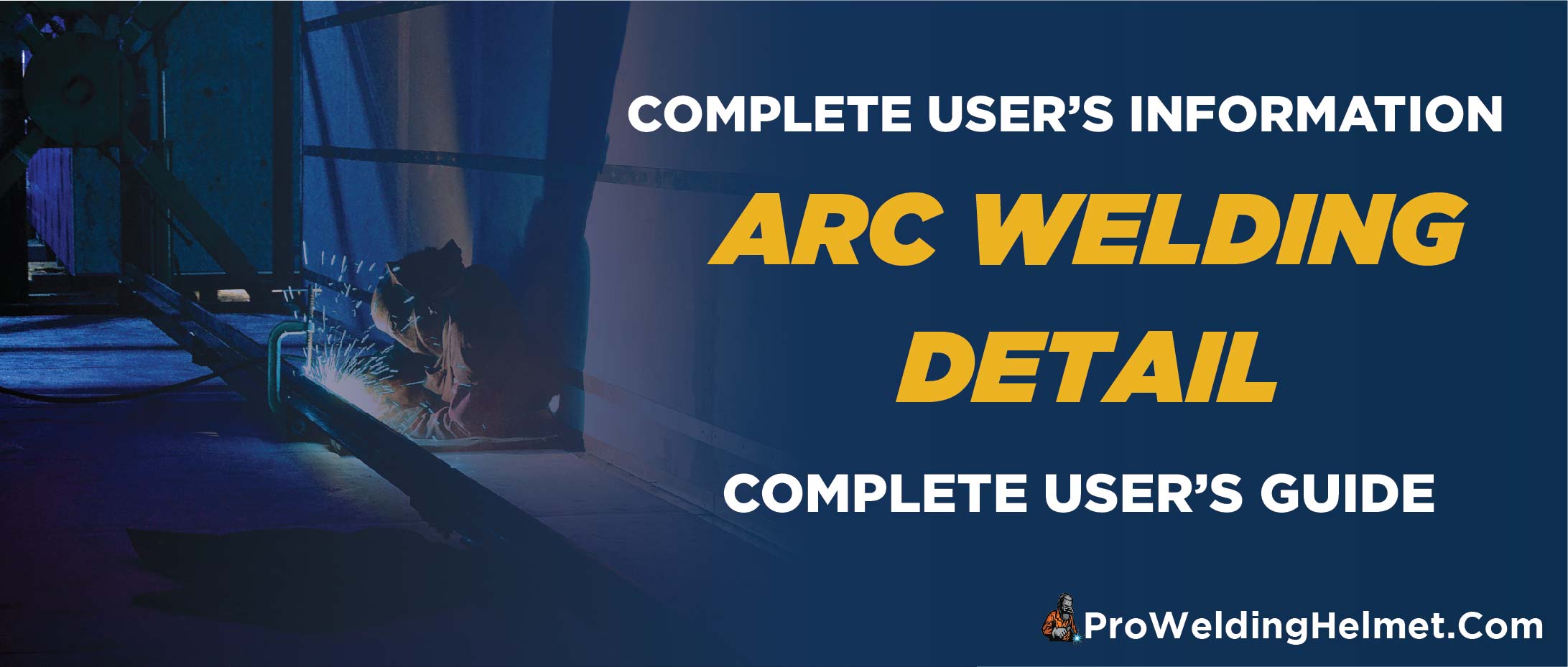
What is Tack Welding
Tack welding is a type of welding that uses small, short welds to secure two pieces of metal together temporarily.
The purpose of tack welding is twofold: to hold the pieces in place for further welding and to ensure that the parts are correctly aligned before being permanently secured.
Tack welds do not require much heat or filler material, making them very efficient for various applications.
Early Uses of Tack Welding
Although its exact origins are unknown, it is believed that tack welding has been used since ancient times by artisans to fabricate weapons and armour.
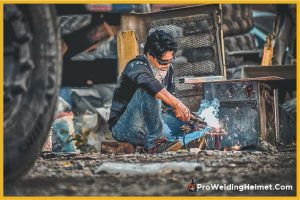
Metalworking techniques such as this have been found in many different cultures worldwide- from African warriors making swords out of iron ore over 2,000 years ago to 18th-century Chinese blacksmiths producing armour for their army with intricately tack welded designs.
By the 19th century, tack welding had become an essential part of many steel fabrication processes and was used extensively in shipbuilding and other large-scale projects.
Modern Applications of Tack Welding
Today, tack welding is a critical component of many industrial applications, from automotive repair to structural building projects.
It is also widely used in construction and rehabilitation projects like bridge repairs or pipeline installations, where it can secure sections before more significant permanent welds are completed.
In addition, its portability allows use in tight spaces or remote locations that require special attention but cannot be reached by traditional welding equipment.
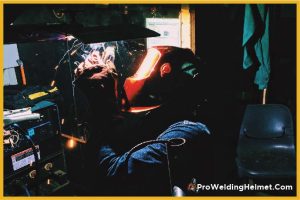
Finally, many hobbyists and custom fabricators use tack welding to produce one-off pieces or intricate designs that require precise alignment and secure connections.
From ancient weapons to modern industrial applications, tack welding has been an essential part of construction and fabrication processes for centuries.
Its long history reflects the changing needs of welders across different periods, as well as its versatility in a variety of contexts. With ever-advancing technology, it will be interesting to see how to tack welding continues to evolve.
How Does Tack Welding Work
Tack welding is arc welding that uses small, short weld segments to fuse two pieces of metal. The process begins by preparing the metals and ensuring they are securely aligned and clamped.
Next, an electric arc is created between the electrodes (or “electrodes”) and the workpiece to provide heat for the weld.
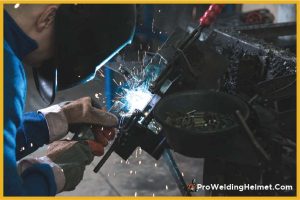
Finally, a filler material such as flux-cored wire or stick electrode completes the joint and creates a secure connection between the parts.
Tack welds do not require much heat or filler material, making them very efficient for various applications.
Types of Tack Welding
Standard Tack Welds
Standard tack welds are the most common type of tack welding used for basic applications such as joining two pieces of metal together.
They can be done with either stick electrodes or flux-cored wire and usually require a minimum number of passes (typically three) to create a secure connection.
Spot Welds
Spot welds, also known as resistance spot welds, are a form of electric arc welding used to join two sheets or strips of metal permanently.
The process involves applying pressure while an electrical current passes through the parts being entered, which causes them to fuse at localized points.
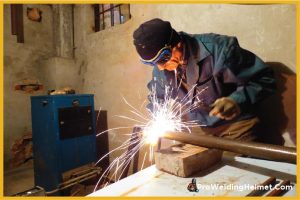
This method is often used in the automotive industry and other applications where large amounts of sheet metal need to be joined quickly and efficiently.
Plug Welds
Plug welds are arc welding used to combine two pieces of metal by filling the space between them with molten filler material.
This process is typically done with flux-cored wire and requires a small hole to be drilled into each part being joined to fill the space with molten material.
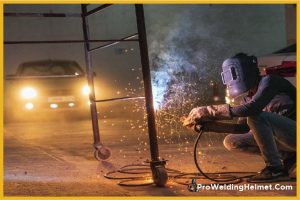
Plug welds provide solid and reliable joints and can be used in many applications, from automotive repair to structural building projects.
Butt Welds
Butt welds are a form of arc welding used to join two pieces of metal at their edges permanently. This process involves heating the edges until they become malleable and then applying pressure so that the two parts fuse into a single piece.
Butt welds are solid and reliable and can be used for many different applications, including the construction of bridges, ships, pipelines, and more.
Fillet Welds
Fillet welds are another form of arc welding used to join two pieces of metal at their edges without drilling holes.
This process involves heating the edges until they become malleable and then applying pressure while feeding in filler material so that it flows between the joined parts.
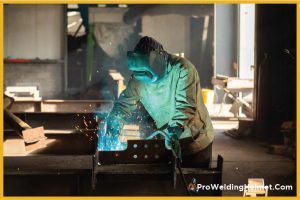
Fillet welds provide a powerful bond between two pieces of metal and can be used in many different contexts, such as automotive repair or structural building projects.
Advantages of Tack Welding
- It prevents distortion during welding because of its lower heat output which can be beneficial in specific applications.
- It is also more cost-effective than other forms of welding because it requires less filler material and electricity.
- Sets and maintains the joint gap
- You can weld without using bulky fixtures
- Most materials can be tack welded
- The process is quick and easy, making it an excellent choice for high-volume production work.
- Tack welds have a muscular bond strength and can be used on thin metal sheets or thicker plates.
Disadvantages of Tack Welding
- Exacerbates buildup of weld oxides.
- Tack welds are less intense than full welds.
- The process can be challenging and may result in poorly formed welds.
- It is more difficult to inspect tack welds than other types of welding.
- The heat generated during the process can be too low for specific materials or applications.
- Certain filler materials, such as aluminium alloys, may not be suitable for tack welding.
- Requires post-tack weld cleaning.
Final Takeaway
Tack welding is an excellent choice for quickly joining two pieces of metal together and has many advantages over other forms of welding.
It is cost-efficient and quick, does not require bulky equipment, and sets and maintains the joint gap. However, it is essential to consider some drawbacks, such as weaker bond strength compared to full welds and the potential for weld oxides buildup.
Therefore, it is necessary to consider your application needs before deciding if tack welding suits you. With the proper understanding and knowledge, this type of welding can be an effective solution in many projects.